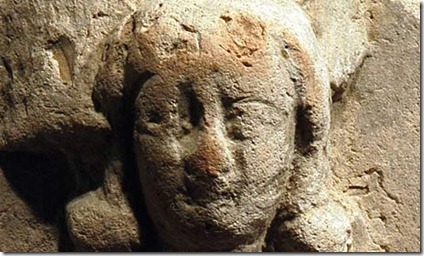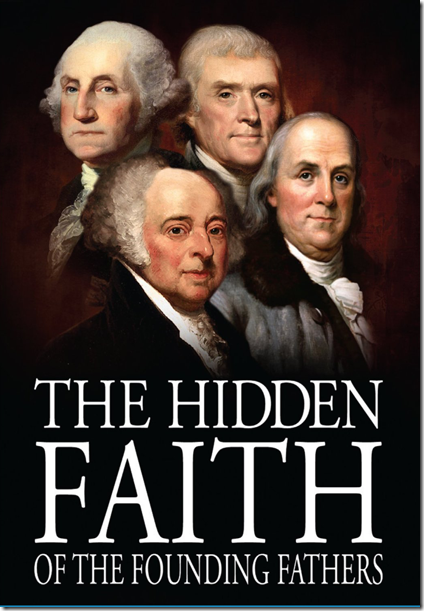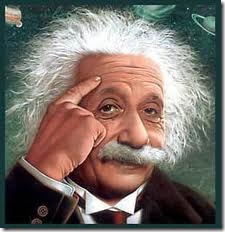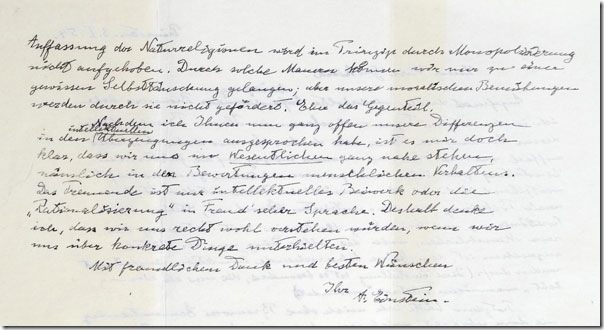God's wife, Asherah, was a powerful fertility goddess, according to a theologian.

By Jennifer Viegas
Fri Mar 18, 2011
God had a wife, Asherah, whom the Book of Kings suggests was worshiped alongside Yahweh in his temple in Israel, according to an Oxford scholar.
In 1967, Raphael Patai was the first historian to mention that the ancient Israelites worshiped both Yahweh and Asherah. The theory has gained new prominence due to the research of Francesca Stavrakopoulou, who began her work at Oxford and is now a senior lecturer in the department of Theology and Religion at the University of Exeter.
Information presented in Stavrakopoulou's books, lectures and journal papers has become the basis of a three-part documentary series, now airing in Europe, where she discusses the Yahweh-Asherah connection.
"You might know him as Yahweh, Allah or God. But on this fact, Jews, Muslims and Christians, the people of the great Abrahamic religions, are agreed: There is only one of Him," writes Stavrakopoulou in a statement released to the British media. "He is a solitary figure, a single, universal creator, not one God among many ... or so we like to believe."
NEWS: Jesus' Great-Grandmother Identified
"After years of research specializing in the history and religion of Israel, however, I have come to a colorful and what could seem, to some, uncomfortable conclusion that God had a wife," she added.
Stavrakopoulou bases her theory on ancient texts, amulets and figurines unearthed primarily in the ancient Canaanite coastal city called Ugarit, now modern-day Syria. All of these artifacts reveal that Asherah was a powerful fertility goddess.
Asherah's connection to Yahweh, according to Stavrakopoulou, is spelled out in both the Bible and an 8th century B.C. inscription on pottery found in the Sinai desert at a site called Kuntillet Ajrud.
"The inscription is a petition for a blessing," she shares. "Crucially, the inscription asks for a blessing from 'Yahweh and his Asherah.' Here was evidence that presented Yahweh and Asherah as a divine pair. And now a handful of similar inscriptions have since been found, all of which help to strengthen the case that the God of the Bible once had a wife."
NEWS: Why Are Religious People Happier?
Also significant, Stavrakopoulou believes, "is the Bible's admission that the goddess Asherah was worshiped in Yahweh's Temple in Jerusalem. In the Book of Kings, we're told that a statue of Asherah was housed in the temple and that female temple personnel wove ritual textiles for her."
J. Edward Wright, president of both The Arizona Center for Judaic Studies and The Albright Institute for Archaeological Research, told Discovery News that he agrees several Hebrew inscriptions mention "Yahweh and his Asherah."
"Asherah was not entirely edited out of the Bible by its male editors," he added. "Traces of her remain, and based on those traces, archaeological evidence and references to her in texts from nations bordering Israel and Judah, we can reconstruct her role in the religions of the Southern Levant."
BLOG: Atheists Best Informed About Religion
Asherah -- known across the ancient Near East by various other names, such as Astarte and Istar -- was "an important deity, one who was both mighty and nurturing," Wright continued.
"Many English translations prefer to translate 'Asherah' as 'Sacred Tree,'" Wright said. "This seems to be in part driven by a modern desire, clearly inspired by the Biblical narratives, to hide Asherah behind a veil once again."
"Mentions of the goddess Asherah in the Hebrew Bible (Old Testament) are rare and have been heavily edited by the ancient authors who gathered the texts together," Aaron Brody, director of the Bade Museum and an associate professor of Bible and archaeology at the Pacific School of Religion, said.
Asherah as a tree symbol was even said to have been "chopped down and burned outside the Temple in acts of certain rulers who were trying to 'purify' the cult, and focus on the worship of a single male god, Yahweh," he added.
SLIDE SHOW: Sacred Techs: Religion and Spirituality 2.0
The ancient Israelites were polytheists, Brody told Discovery News, "with only a small minority worshiping Yahweh alone before the historic events of 586 B.C." In that year, an elite community within Judea was exiled to Babylon and the Temple in Jerusalem was destroyed. This, Brody said, led to "a more universal vision of strict monotheism: one god not only for Judah, but for all of the nations."










